| |
Family (Alpha): | |
| View | Acrididae Members:
| NC Records |
|---|
Melanoplus nossi Hill, 2014 - Noss's Short-winged Grasshopper |
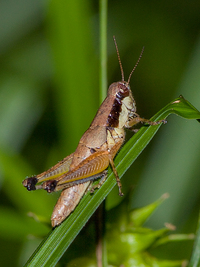
Female | 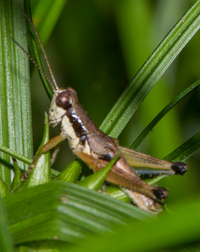
Male |
|
|
|
|
|
Image Gallery for Melanoplus nossi - Noss's Short-winged Grasshopper
|
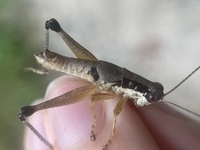 | Recorded by: Larry Chen, Sarah Toner
Hyde Co.
Comment: Confirmed by JoVonn Hill | 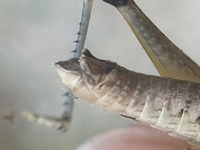 | Recorded by: Larry Chen, Sarah Toner
Hyde Co.
Comment: |
 | Recorded by: Larry Chen, Sarah Toner
Hyde Co.
Comment: |  | Recorded by: Stephen Hall
Northampton Co.
Comment: |
 | Recorded by: Stephen Hall
Northampton Co.
Comment: Male | 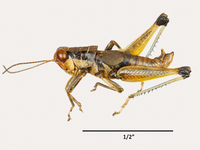 | Recorded by: Stephen Hall
Northampton Co.
Comment: Adult male |
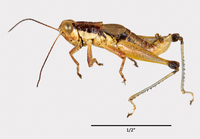 | Recorded by: Stephen Hall
Martin Co.
Comment: Adult male | 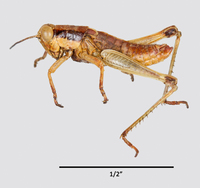 | Recorded by: Stephen Hall
Martin Co.
Comment: Nymph |
|

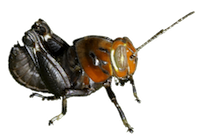 »
»
 »
»